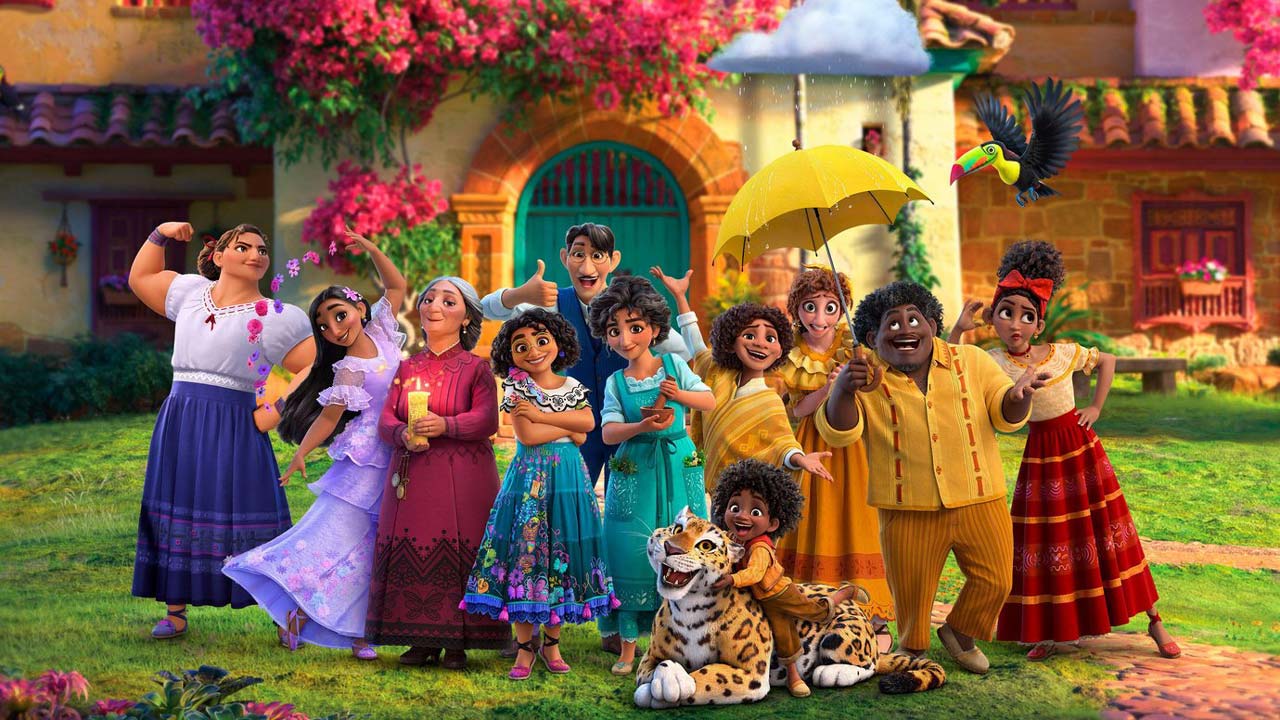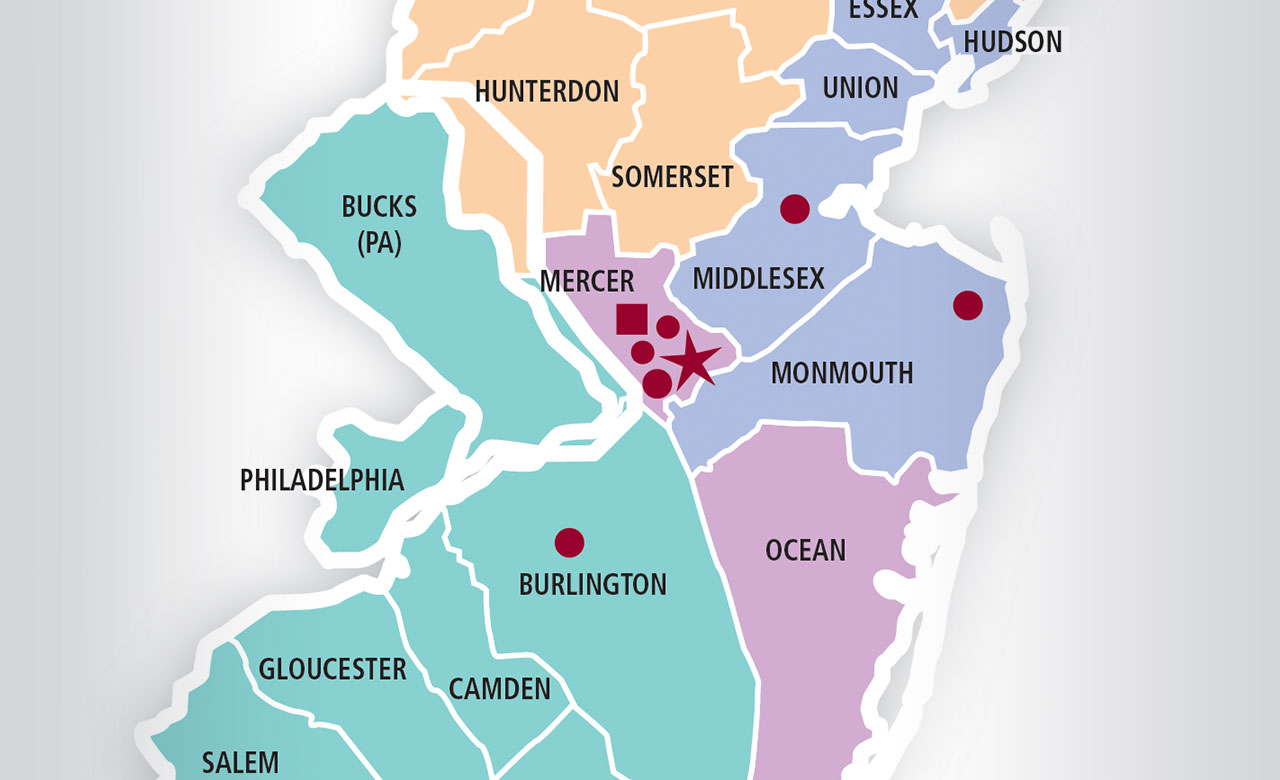“In intergenerational trauma, the impact of trauma in an individual or group of people is inadvertently passed down through future generations,” explains Aracely Reyes, LSW, Primary Therapist for the Women’s Program at the North Brunswick outpatient site. “We’re seeing this type of trauma in many of our patients. Finding ways to open the door to dialogue about intergenerational trauma can be an effective first step toward breaking the cycle – and the Encanto movie is packed with examples.”
In Encanto, intergenerational trauma stems from Abuela Alma Madrigal, the family matriarch, who experienced the traumatic loss of her husband when fleeing her invaded homeland with their newborn triplets. Years later, she lives in a magical house with her children and grandchildren, most of whom have developed unique talents or powers. Yet they also have something else in common: they embody trauma roles resulting from Abuela’s expression of her trauma experience as a fear response.
The Trauma Triangle
Psychiatrist and author Judith Herman, MD characterized trauma roles using a trauma triangle. Those affected by trauma or intergenerational trauma may take on patterns of one or more of these roles – or even move through different roles depending on the situation.
Trauma victim. In this role, a person may feel stuck in negative emotions or distress while lacking trust in others and feeling a loss of safety. It’s important to note that this term isn’t meant to convey the negative connotation of “acting like a victim.” Rather, individuals may mirror the responses or behaviors that occurred when they were a victim.
Perpetrator. This role may be characterized by resentment, rage, and outbursts that mirror the aggression of past trauma. In a perpetrator role, a person is reactive and easily triggered.
Rescuer/caregiver. Rescuers and caregivers try to fix everything and may be perfectionists with unrealistic expectations. Often controlling or codependent, they may overcompensate to try to solve issues, creating a heavy burden.
Bystander. Bystanders try to disconnect from trauma by distancing themselves from others. Sometimes seen as the “odd one out,” they may be removed from others or present but not engaged.

You may recognize these trauma roles in Encanto characters:
Abuela: perpetrator and rescuer/caregiver
Bruno: bystander but an underlying rescuer/caregiver
Pepa: rescuer/caregiver Julieta: rescuer/caregiver
Abuela’s grandchildren: many of them take on rescuer/caregiver roles and overcompensate in putting perceived family needs before their own, particularly Mirabel, Luisa, and Isabela. At times, you may see bystander attributes in Dolores and victim attributes in Luisa when she loses her strength.
How to Use Encanto to Discuss Intergenerational Trauma
First, watch the movie! A natural way to begin a conversation is to mention that this movie resonates with some of the things the patient is explaining about their life.
Suggest that patients watch the movie (if available to them) and pay attention to the characters – it’s enjoyable “homework.”
Initiate a discussion. Ask patients what character(s) they can relate to the most. This information is valuable in understanding how patients view themselves in the context of their family, and
vice versa.
Build from there. If they identify with a character, ask what they would want to do differently or how they might change the way they cope, react, or engage with others to take steps toward a better outcome.
Provide broader understanding. Discuss how the characters embody various trauma roles, and how you can work on creating adaptive versions of these roles as part of a recovery triangle:
- A victim can become a thriver who can feel emotions, practice coping skills, and ask for help
- A perpetrator can become a challenger who takes in information before responding and challenges when appropriate
- A rescuer/caregiver can become a coach who guides others while setting boundaries
- A bystander can become an observer who is more actively aware and less disconnected
With this level of awareness, patients are not only able to take steps toward healing themselves, but they can also help prevent negative effects in their own children and grandchildren,” says Reyes.
During a time when so many current events are fertile ground for intergenerational trauma, we can help patients understand and break the cycle to help prevent future suffering.”
Check out our podcastsLearn more about Encanto and intergenerational trauma – and check out other relevant podcasts – in Princeton House’s Mind on Mental Health series, available at princetonhouse.org/podcast. |



